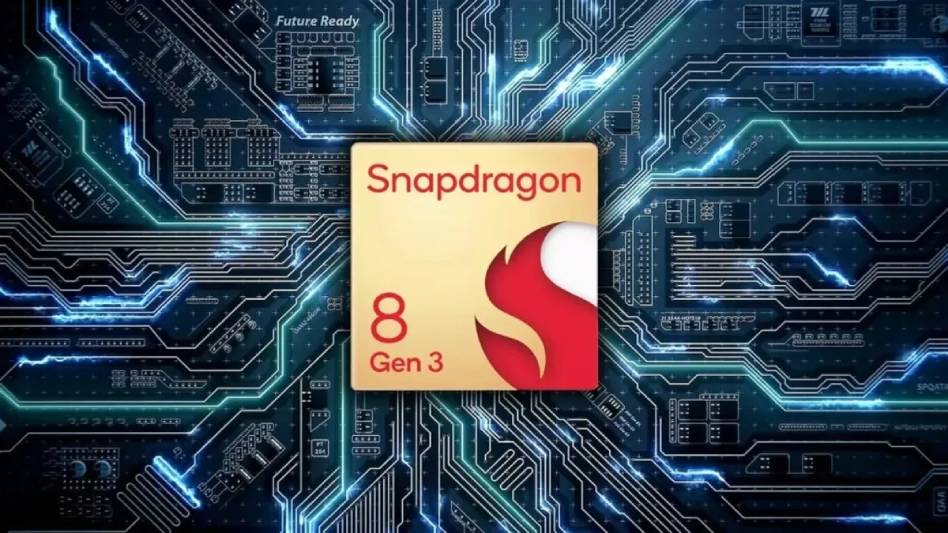A new chipset from Qualcomm was just released; it is intended to be priced and feature-wise slightly less than its current flagship. Most of the 8 Gen 3’s features, including as support for on-device generative AI models, are intended to be available on more reasonably priced phones with the Snapdragon 8S Gen 3 processor. Not only is it a little perplexing, but it also signifies a new tier for the flagship 8-series CPUs.
Let’s start with the basics first. The 8S Gen 3 features a GPU that is similar to the conventional 8 Gen 3, but it runs at a lower frequency and has one fewer performance core (the prime core can reach 3.0GHz as opposed to 3.4GHz on the 8 Gen 3). The X70 5G, a modem from the previous generation that supports Wi-Fi 7, is also utilized by the new 8S Gen 3. Additionally, hardware-accelerated ray tracing is supported, which improves the performance of photorealistic games and seems to be a modern criterion for what makes a phone flagship worthy.
The 8S Gen 3 can run huge language models with up to 10 billion parameters, which includes models like Llama 2 and Gemini Nano, and supports multimodal generative AI on-device. While it lacks the Snapdragon 8 Gen 3’s full set of AI features, it does allow image expansion and generation AI virtual assistants.
According to Deepu John, senior director of product management at Qualcomm, there are three subcategories that comprise each high-level tier of the Snapdragon platform. There are up to three distinct Snapdragon 8, 7, 6, and 4 series chipsets available. If Qualcomm ever launches an 8 Plus Gen 3, this “S” series processor would be placed above the ordinary 8 Gen 3. It currently lies slightly below it.
You get it? Great, it gets even more confused when you consider that phone makers are still employing the Snapdragon 8 Gen 2, the flagship processor for 2022, in phones that aren’t quite flagship, like the OnePlus 12R. Just below the 8S Gen 3, albeit it has only been seen in a few phones, is the Snapdragon 7 Gen 3. It looks like Qualcomm is cutting a very thin line in the high-end phone market, possibly to prevent OEMs from using MediaTek for their less-than-flagship products.
Either way, the 8S Gen 3 will eventually make its way onto the market, albeit not in smartphones that are commonly available for purchase in the US. The following companies have announced their plans to use the platform: Honor, iQOO, Realme, Redmi, and Xiaomi. New products are anticipated “in the coming months.”
